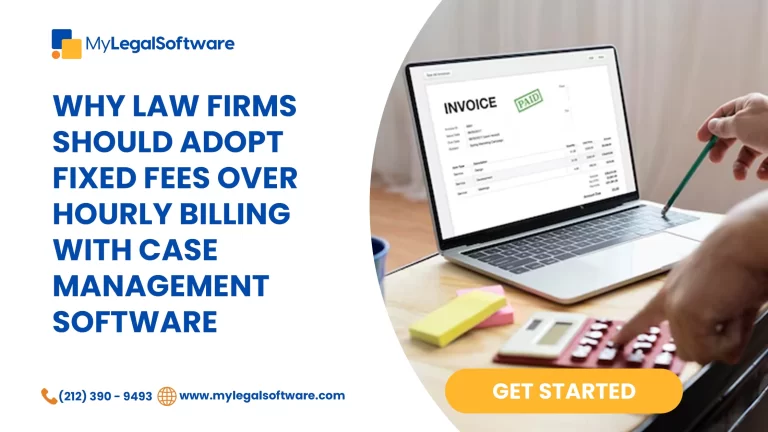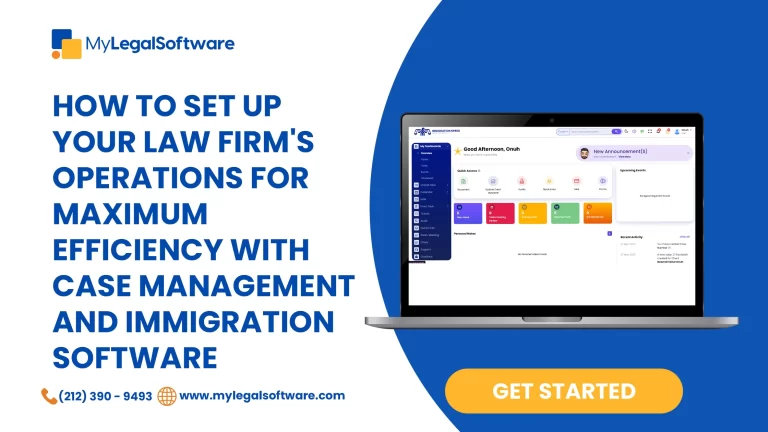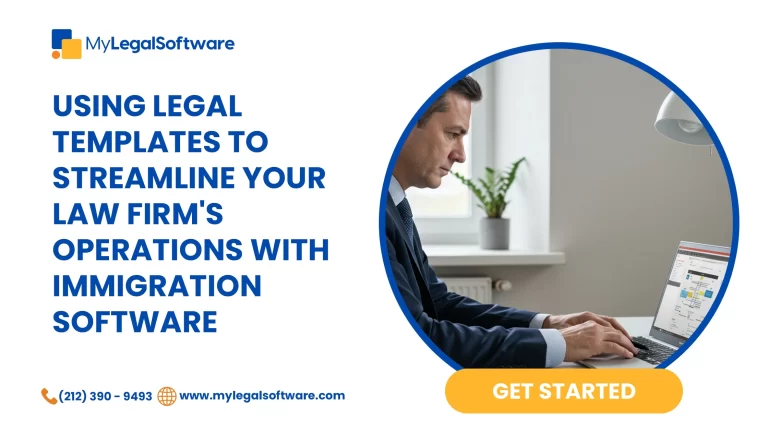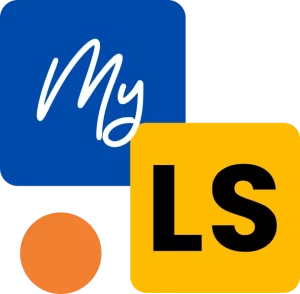This article explores ten cutting-edge law firm website ideas that can be implemented to generate leads and build lasting client relationships through their websites.
In the competitive world of law firms, a website no longer serves simply as an online brochure. It’s a dynamic platform for attracting new clients, showcasing expertise, and building long-term relationships. But with the ever-evolving digital space, what separates a good law firm website from a truly exceptional one?
Understanding Your Ideal Client and Their Pain Points
The foundation of a successful law firm website lies in understanding your ideal client.
- Who are they?
- What are their legal needs and anxieties?
- What makes them hesitant to seek legal assistance?
Your website can build trust and encourage engagement by addressing these pain points directly.
1. Personalization and Automation
To cater to modern clients, law firms should embrace personalization and automation. Implementing AI-powered chatbots can offer real-time assistance, guiding visitors through initial inquiries.
- AI-Powered Chatbots: Deploy AI chatbots to handle initial inquiries, providing immediate assistance to potential clients. AI-powered chatbots Offer 24/7 initial guidance and answer basic questions.
- Personalized Content: Use algorithms to recommend personalized content, dynamically adapting your website to individual user preferences.
- Automated Email Workflows: Employ automated emails and SMS reminders to nurture leads and keep your firm top-of-mind.
For example, If MR A, who is a new user, visits your site for information on estate planning, he could be greeted by a chatbot that guides him through initial queries, followed by personalized article suggestions and automated follow-up emails tailored to his interests.
2. Building Trust and Credibility
Trust and credibility are paramount in the legal sector. Displaying lawyer credentials, awards, and successful case studies can instill confidence.
- Display Credentials: Prominently showcase lawyer credentials, awards, and successful case studies to establish authority.
- Client Testimonials: Feature genuine client testimonials and reviews for social proof.
- Community Engagement: Actively participate in legal forums and events to demonstrate expertise and engagement.
- Insightful Blogging: Publish detailed blog posts and legal analyses, positioning your lawyers as thought leaders in their fields.
Example: A family law firm showcases testimonials from past clients and details of landmark cases, alongside regular blog posts analyzing recent changes in family law.
3. Transparent Pricing and Convenient Access
Transparency in pricing and convenient access to services are key. Offering clear pricing structures, online fee calculators, online appointment booking, and live chat features can significantly enhance the client experience. Self-help tools and integration with legal platforms streamline the client journey.
- Pricing Structures: Offer clear, online fee calculators to demystify costs.
- Online Appointments: Enable easy online booking for consultations.
- Self-Help Tools: Provide downloadable legal forms and self-service tools.
- Integrated Platforms: Sync with legal scheduling and document management systems for seamless operations.
Example: A client can calculate potential fees using an online tool, book a consultation, and securely upload documents through your integrated platform.
4. Cutting-Edge Technologies
Incorporating cutting-edge technologies like virtual reality consultations and AI-powered legal research tools can set a law firm apart. Interactive legal forms and data-driven analytics for performance tracking are crucial for client engagement and operational efficiency. Go beyond static images and text by offering interactive 3D product demos or virtual tours. This allows users to explore products at their own pace and better understand their features and benefits.
- Virtual Reality: Offer VR consultations for immersive legal advice.
- AI-Powered Research: Utilize AI for comprehensive legal research and case analysis.
- Interactive Forms: Create engaging, interactive legal forms for user convenience.
- Data Analytics: Implement analytics to track performance and optimize strategies.
Example: A criminal defense firm offers virtual reality simulations of court proceedings to help clients prepare for their trials.
5. Content marketing that converts.
Effective content marketing involves creating informative blog posts, downloadable resources as lead magnets, and engaging videos. Utilizing social media for content promotion aids in building a community and attracting potential clients.
- Informative Blogs: Address common legal queries and current issues through detailed blog posts.
- Downloadable Resources: Provide guides, templates, and checklists as incentives for lead capture.
- Engaging Videos: Use webinars and educational videos to attract and educate potential clients.
- Social Media Promotion: Actively promote content on social platforms to build community and extend reach.
Example: A law firm specializing in corporate law publishes downloadable guides on compliance and hosts webinars on business legal strategies.
6. Building Long-Term Client Relationships
Fostering long-term relationships involves providing ongoing support, developing loyalty programs, offering personalized services, and continuously adapting based on client feedback.
- Ongoing Support: Provide continuous legal education and support for recurring needs.
- Loyalty Programs: Introduce referral incentives and loyalty programs for existing clients.
- Personalized Service: Tailor communication and services to individual client needs.
- Client Feedback: Regularly seek and incorporate client feedback to refine your offerings.
Example: A firm offers a loyalty program with discounts on future services for repeat clients and regularly requests feedback to tailor their services.
7. Mobile-Friendly and Accessible Website Design
Ensuring a responsive, mobile-optimized website with accessibility features is essential. A clean design with clear navigation, fast loading times, and multilingual content can significantly broaden a firm’s reach.
- Responsive Design: Ensure your website is optimized for all devices.
- Accessibility Features: Incorporate features for users with disabilities.
- Clear Navigation: Focus on user-friendly design and quick load times.
- Multilingual Options: Provide content in multiple languages to reach a broader audience.
Example: A law firm’s website is fully accessible, with screen-reader compatibility and multi-language options, ensuring inclusivity and wider accessibility.
8. Search Engine Optimization (SEO) Best Practices
Implementing SEO best practices like optimizing title tags, building quality backlinks, and submitting to legal directories can enhance online visibility. Monitoring website analytics helps in tracking SEO performance.
Keyword Optimization: Use relevant keywords in your website’s content.
Backlink Building: Secure high-quality backlinks from legal industry sites.
Local Directories: List your firm in local legal directories.
Traffic Monitoring: Regularly analyze web traffic and SEO performance.
Example: A personal injury law firm regularly updates its blog with SEO-optimized content and has built a strong backlink profile from reputable legal websites.
9. Social Media Marketing and Community Engagement
Active engagement on social media platforms through content publishing, participation in discussions, and targeted ads can effectively attract and retain clients. Monitoring social media analytics is vital for strategy adaptation.
- Active Profiles: Maintain vibrant social media profiles.
- Engaging Content: Share valuable content, participate in discussions, and use targeted ads.
- Relationship Building: Use social platforms for client engagement and attraction.
- Analytics Review: Monitor social media performance and adapt strategies accordingly.
Example: Engaging in Twitter discussions on legal trends, sharing informative content, and using targeted ads to attract specific demographics. Also, a law firm actively engages on social media, providing updates on immigration laws and participating in community discussions.
10. Continuous Improvement and Data-Driven Optimization
Regular analysis of website metrics, A/B testing, and content updates ensure the website stays relevant and effective. Adapting strategies based on client needs and legal trends is crucial.
- Metric Analysis: Regularly track website metrics and user behavior.
- A/B Testing: Experiment with different website elements to enhance user experience.
- Content Updates: Keep the website updated with legal trends and technologies.
Example: A commercial law firm uses website analytics to refine its content strategy, focusing on topics that drive the most engagement.
Conclusion
A client-centric website is a cornerstone for successful lead generation and client retention in the legal field. Embracing cutting-edge technologies and adapting to evolving client needs and legal trends is essential. Continuous improvement and data-driven decision-making are key to staying ahead in the competitive legal market.
To maximize your law firm’s website potential, consider MyLegalSoftware’s website development and legal marketing services, tailored to effectively enhance lead generation and client retention.









